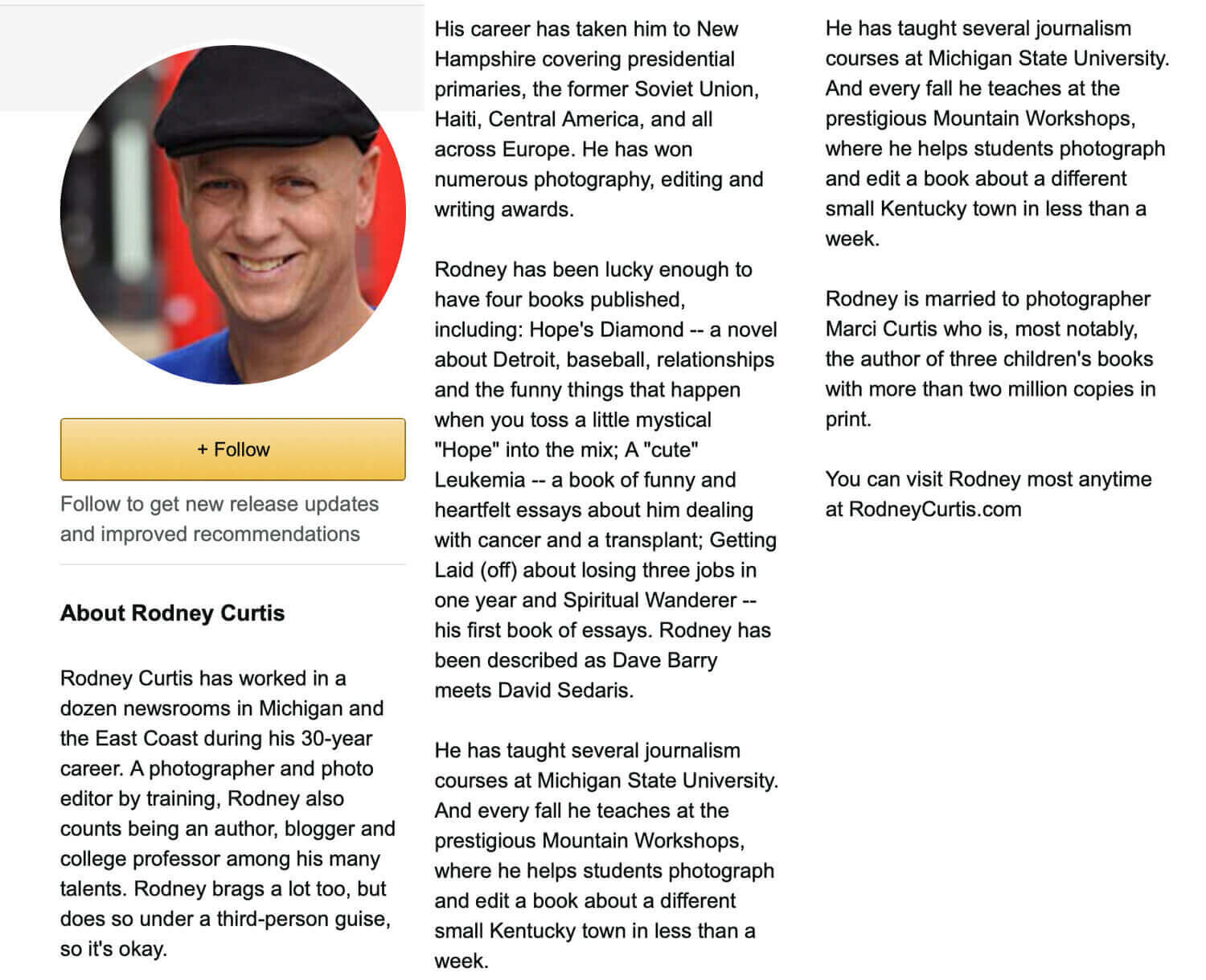Knowing where to start when it comes to publishing a book and making money as an author can be difficult. It can be hard to decide whether to go with traditional, self, or hybrid publishing methods.
If this sounds like you, keep reading. I’ll be breaking everything you need to know about making money as an author below.
TRADITIONAL
A blog from Reedsy describes traditional publishing as working with a third-party publisher to publish your book. If you decide to go with the traditional route, your publisher will take care of the cover design, marketing, editing, etc. When the book is released, the publisher will then pay you, the author, a small percentage of the royalties.
Traditional publishing means that you will give up full ownership of your book, but you don’t have to worry about paying for extra expenses out of your own pocket.
Literary Agents
Before we get into making money with traditional publishing, it’s important to understand the role of an agent in getting money for your work.
Agents represent authors and help them secure deals with publishing companies. When the author makes money from their book, their agent also receives a commission.
Book Advancement
A Book advance is an amount of money that a publisher offers an author in exchange for the publishing rights to their work. An author keeps the advance no matter how many copies of their book may or may not sell.
The terms of the publishing contracts must be fulfilled for authors to receive their advance.
Authors typically receive pieces of their advancements after things such as signing, delivery and acceptance of the final manuscripts, hardcover publication, and softcover publication, are complete.
Advances are paid to the author's agent, the agent takes their portion of their commission, and then the rest is paid to the author.
Royalties
Royalties are revenue from book sales. Royalties are either based on the list price of the book or the net amount received from the publisher.
Let's break that down:
List price royalties are 10% of whatever the list price of the book is. If a hardcover book is listed at $20.00 then the royalty will always be $2.00, no matter how much the book is purchased for.
The net amount received is when the royalty is based on the amount of money the publisher receives from the retailer for the copy sold. This still may not relate to the actual price the book is purchased for. It’s usually based on whatever split the publisher has agreed upon with the retailer. For example, if the publisher receives 30% of the list price for every copy sold by the retailer, the net amount received is based on the publisher’s 30%.
First royalties pay off the advance. If the author is given a $20,000 advancement, their book has to earn more than $20,000 in royalties for the author to start receiving them.
Subrights Through a Publisher
Royalties are put in place when the publisher publishes an author’s work themselves. If the publisher decides to sell the rights to a third party to publish, subrights are put into place.
A subright is the right to publish the material in a different format than the original work. For example, adapting a book to become a movie.
When a subright deal is made, the author will still receive royalties from it.
Subrights include things like:
Television
Movies
Foreign Publication/Translation
Merchandise
Subrights Retained by the Author
Agents will try to hold onto as many rights as possible so the author does not have to split the proceeds with a publishing company. This also allows the author to sell subrights directly to third parties on their behalf. After the agent receives their commission, the author will receive the rest of the money.
SELF-PUBLISHING
Self-publishing is when you, the author, take on all the responsibilities of publishing a book yourself. Well you won’t have the industry connections that come with working with a publisher, you will have complete control over what happens with your book, and therefore, keep a larger percentage of the money from your book sales.
There are two ways to self-publish: Direct distribution and self-publishing via a distributor. Let’s break those down.
Self-Publishing Direct Distribution
Self-published receive a percentage of every book sold when they go directly to the platforms that publish their books. Each platform has a different percentage that the author receives. You can find an extensive list here.
Here are some examples:
Barnes and Noble Press
Paperback: 55% of sales
Ebook: 40-65% of sales
Amazon Kindle Direct Publishing
Paperback: 60% of sales
Ebook: 35-70% of sales
Self Publishing via a Distributor
Working with distributors will make it easier for an author to get their work in places that would be difficult for them by themselves.
Check out this video to learn more about traditional versus self-publishing.
HYBRID PUBLISHING
Hybrid publishing is a term to cover all new models of publishing that are joining the industry. Hybrid publishing can include elements from both traditional and self-publishing. You can read more about it here.
Authors make money from hybrid publishing with royalties.
Written By: Leah Gerber
CONCLUSION
Are you ready to start making money as an author? Which method sounds more appealing to you, traditional, self, or hybrid publishing? Let us know in the comments below.
If you need help turning your book into an audiobook, we offer audiobook production services that will help you reach a wider audience and increase your book sales.
Listen to some of our audiobook samples here to get started.














